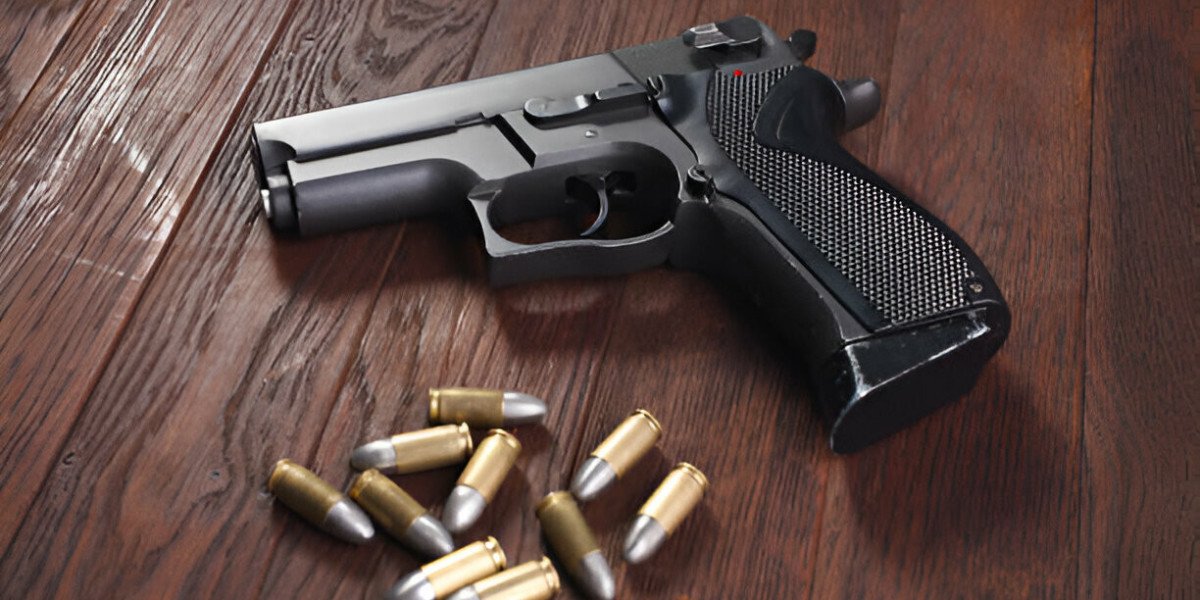Introduction
The relationship between gun barrels and ammunition types is crucial to firearm identification and forensic ballistics. A gun barrel's characteristics, such as its rifling pattern and twist rate, directly impact the performance and behavior of the ammunition fired through it. Conversely, the type of ammunition used can also influence the barrel's wear and tear over time. Understanding this symbiotic relationship is essential for law enforcement, military personnel, and firearm enthusiasts alike.
Types of Gun Barrels
There are three main types of gun barrels: rifled barrels, polygonal rifled barrels, and smooth bore barrels.
Rifled Barrels:
These barrels have spiral grooves cut into the interior surface, known as rifling. The rifling imparts a spin on the bullet as it travels down the barrel, stabilizing its trajectory and improving accuracy. The number of lands (raised areas) and grooves, as well as their twist rate, are important class characteristics that can be used to identify a specific type of barrel. The rifling pattern can also leave unique markings on the bullet, known as individual characteristics, which can be used to link a particular firearm to a crime scene.
Polygonal Rifled Barrels:
Similar to traditional rifled barrels, polygonal barrels have a smoother, continuous surface with no distinct lands and grooves. The rifling is formed by a series of polygonal shapes, typically hexagons or octagons, which create a tighter seal with the bullet and can increase muzzle velocity. This design can also reduce fouling and improve the barrel's lifespan compared to traditional rifled barrels.
Smooth Bore Barrels:
These barrels have a cylindrical interior surface without rifling. Smooth-bore barrels are commonly found in shotguns and are designed to fire various projectiles, such as shots, slugs, or less-lethal munitions. The lack of rifling allows for a more versatile range of ammunition, but it also means that the projectiles do not benefit from the stabilizing effects of rifling.
Types of Ammunition
Ammunition can be broadly classified into two main categories: metallic cartridges and shotgun shells.
Metallic Cartridges:
These consist of a cartridge case, primer, propellant powder, and a bullet. The cartridge case holds all the other components and is typically made of brass, steel, or other alloys. The primer contains an explosive mixture that ignites the propellant powder when struck by the firing pin. The propellant powder provides the kinetic energy to propel the bullet down the barrel. The bullet can vary in shape, size, and composition, affecting its ballistic performance and terminal effects.
Shotgun Shells:
Shotgun shells contain a hull (similar to a cartridge case), primer, propellant powder, wad, and multiple projectiles (shot or slug). The wad separates the powder from the shot and acts as a seal to prevent gas leakage. Shotgun shells can be loaded with various shot sizes and types and slugs, which are single, larger projectiles. The choice of ammunition can significantly impact the shotgun's pattern, range, and effectiveness.
Relationship Between Barrels and Ammunition
The type of barrel and ammunition used in a firearm are closely related in performance, accuracy, and identification.
Barrel Characteristics and Ammunition Performance:
A barrel's rifling pattern, twist rate, and bore diameter directly impact the performance of the ammunition fired through it. For example, a faster twist rate is necessary to stabilize longer, heavier bullets, while a slower twist rate may be more suitable for shorter, lighter bullets. The barrel's dimensions and materials can also affect the ammunition's muzzle velocity, recoil, and ballistic trajectory.
Barrel Wear and Ammunition Type:
The type of ammunition used can also affect the barrel's wear and tear over time. High-pressure, high-velocity ammunition can cause accelerated wear, leading to a loss of accuracy and potentially even a catastrophic failure of the firearm. Conversely, low-pressure, low-velocity ammunition may be less damaging to the barrel, allowing it to maintain its integrity for longer.
Barrel Characteristics and Ammunition Identification:
A barrel's unique characteristics, such as its rifling pattern and twist rate, can leave distinctive marks on the surface of a bullet. These marks, known as individual characteristics, can identify a specific firearm that fired a particular bullet. This forensic evidence is crucial in criminal investigations, as it can link a suspect's weapon to a crime scene.
Barrel Maintenance and Ammunition Type:
The type of ammunition used can also impact the barrel's maintenance requirements. For example, high-pressure ammunition may require frequent cleaning and lubrication to prevent corrosion and maintain accuracy. Conversely, low-pressure ammunition may require less maintenance as it generates less heat and residue.
Barrel Selection and Ammunition Compatibility:
A barrel should be selected based on the type of ammunition it will be used with. For instance, a barrel designed for high-pressure ammunition may not be suitable for low-pressure ammunition, as it may not handle the increased pressure and velocity. Similarly, a gun barrel designed for a specific type of ammunition may not be compatible with other ammo types, leading to reduced performance and accuracy.
Conclusion
The relationship between gun barrels and ammunition types is a complex and multifaceted topic crucial to understanding firearm performance, identification, and forensic ballistics. By understanding the different types of barrels and ammunition and their interplay, we can gain valuable insights into the world of firearms and their use in various contexts, from law enforcement to military applications to recreational shooting.
When purchasing firearms related accessories,buying from trusted online gun parts shops that specialize in high-quality, genuine products is essential. Reputable dealers will ensure that the barrels and ammunition you acquire are compatible and suitable for your specific needs, helping maintain your firearm's safety and performance.This knowledge is necessary for those who work with weapons professionally and for anyone who engages in responsible firearm ownership and use.









